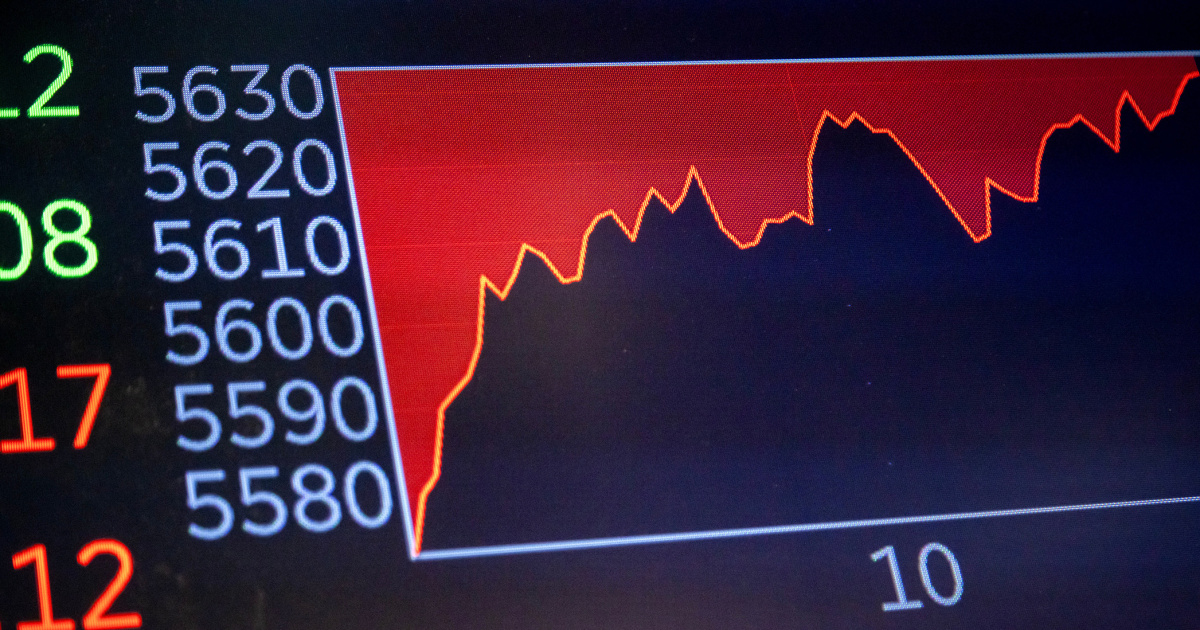Market Turmoil: How Trump’s Tariff Announcement Sent Stocks Plummeting
Financial markets reeled on Thursday after former President Donald Trump proposed sweeping new tariffs on imported goods, triggering a sharp sell-off across major indices. The Dow Jones Industrial Average dropped 450 points, while the S&P 500 and Nasdaq Composite fell 1.8% and 2.3%, respectively. Analysts warn the protectionist measures could escalate trade tensions, disrupt supply chains, and dampen economic growth.
Immediate Fallout in Financial Markets
Within hours of Trump’s announcement, market sentiment soured as investors braced for potential retaliation from trading partners. The proposal, which targets $300 billion in Chinese imports and raises duties on European autos, sent shockwaves through sectors reliant on global trade:
- Technology stocks led declines, with Apple and Tesla shedding 3.5% and 4.1%.
- Industrial giants like Boeing and Caterpillar dropped 2.8% and 3.2%.
- Small-cap stocks, often seen as domestic plays, initially resisted but later joined the downturn.
“Markets abhor uncertainty, and this opens a Pandora’s box of trade risks,” said Rebecca Chen, chief economist at Sterling Capital. “Investors are recalling the 2018-2019 tariff wars that shaved 6% off corporate earnings.”
Historical Context and Economic Implications
Trump’s latest move echoes his 2018-2019 trade policies, which the Tax Foundation estimates reduced U.S. GDP by 0.5% and cost 166,000 jobs. Key differences this time include:
- Broader scope: Proposed tariffs extend beyond China to allies like Germany and Japan.
- Higher rates: Some duties could reach 60% on Chinese goods, up from 25% previously.
- Timing: Comes as inflation remains stubbornly above the Fed’s 2% target.
JPMorgan analysts project a 0.7-1.2% drag on 2025 GDP if implemented, while the Peterson Institute warns of $500 billion in annual trade disruptions. However, some argue tariffs could bolster domestic manufacturing. “Strategic protectionism helps rebuild critical industries,” argued Peter Navarro, former White House trade advisor.
Sector-Specific Impacts and Corporate Responses
The automotive and consumer electronics sectors face particular vulnerability. Ford and General Motors shares fell 4% amid warnings that higher steel/aluminum costs could add $1,200 per vehicle. Meanwhile, retailers like Best Buy and Home Depot slid 3% on concerns about consumer price spikes.
Corporate America pushed back swiftly. The Business Roundtable called the plan “economic self-sabotage,” while the National Retail Federation warned of “higher prices for everyday essentials.” TechNet, representing Silicon Valley, noted 92% of semiconductors rely on global supply chains.
Global Reactions and Potential Retaliation
International responses came swiftly:
- China’s Commerce Ministry vowed “resolute countermeasures”
- EU Trade Commissioner Valdis Dombrovskis called the move “legally questionable”
- Japan’s Nikkei index fell 1.5% on auto sector worries
Emerging markets also felt pressure, with MSCI’s EM index dropping 2.1%. “This could accelerate decoupling between Western and Chinese economies,” noted HSBC global strategist Lorraine Tan. “Companies may face wrenching supply chain overhauls.”
Long-Term Market Stability Concerns
Beyond immediate losses, analysts highlight systemic risks:
- Inflation: Tariffs could add 0.8% to CPI, complicating Fed rate cuts
- Investment: 68% of CFOs surveyed by Deloitte would delay capital expenditures
- Volatility: CBOE VIX “fear index” spiked 22% to 3-month highs
Goldman Sachs revised its 2024 S&P 500 earnings growth forecast from 8% to 5.5%, citing trade headwinds. Yet some sectors like energy and defense gained as investors sought havens.
What Comes Next for Investors?
The White House clarified that final tariff decisions await November’s election, leaving markets in limbo. Historical data suggests:
- 6-12 month recovery periods after major trade policy shocks
- Materials and industrials typically underperform during trade wars
- Consumer staples and utilities show relative resilience
“Diversification and quality stocks are paramount now,” advised BlackRock’s CIO Rick Rieder. “Watch for companies with pricing power and localized supply chains.” Meanwhile, Treasury yields fell as bonds rallied, reflecting growing risk aversion.
As the situation evolves, investors should monitor WTO challenges, corporate earnings guidance revisions, and geopolitical developments. For real-time analysis, subscribe to our market intelligence newsletter or attend our upcoming webinar, “Navigating Trade Policy Volatility.”
See more CNBC Network



